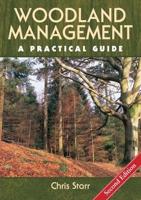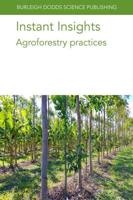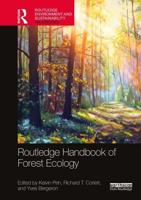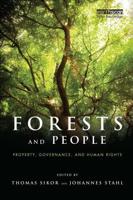Publisher's Synopsis
Mahogany (Swietenia macrophylla) is one of the best-known and most valuable tropical timbers currently traded internationally. Concern has increased over the exploitation of mahogany, particularly as most timber is currently derived from natural forests which are not managed sustainably. Such concerns have resulted in an increased research effort focusing on the ecology of the species in natural forest. The potential of mahogany plantations as an alternative source of timber has received relatively little attention. However, evidence suggests mahogany may be a viable plantation species in many countries. The successful development of such plantations could make a major contribution towards meeting future demands for mahogany timber, and thereby help to reduce pressures on natural forest. The main aim of this book is to produce a comprehensive account of mahogany silviculture, with a particular emphasis on plantations, by bringing together the findings of foresters and researchers from mahogany-growing countries around the world. There is a logical progression through the stages of seed collection, plantation establishment, maintenance, prediction of growth and yield, protection and management of both natural stands and plantations under suitable silvicultural systems. This book is an indispensable guide and reference for those involved in growing and managing mahogany and will also be valuable to ecologists and land managers as well as students of forestry.









